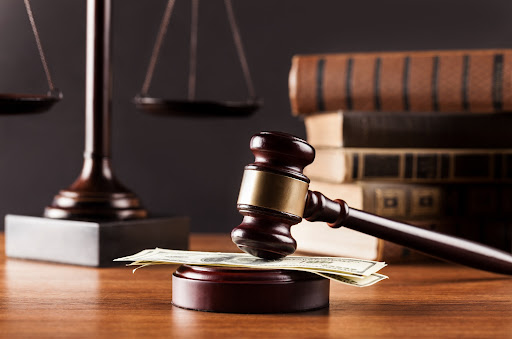If you’ve been injured in an accident, you may need physiotherapy to regain strength, flexibility and range of motion. Physical therapy helps you start to feel normal and mobile again by working on the areas of your body that were injured. Here’s an outline of the physiotherapy process.
Assessment
The first thing that will happen is an assessment from your therapist. She will ask detailed questions about how the injury happened, how bad your pain is and which movements you can and can’t do.
The Plan
Your therapist will then lay out a treatment plan, which will usually include things like ice/heat application, laser therapy and/or electrical stimulation. However, manual therapy is usually the foundation of physical therapy. This includes many ways to restore tissue function, such as massage, stretching and exercise.
You may also be required to do exercises at home to improve between sessions with your therapist. Although these exercises can be painful at times, it’s important to do them as consistently as possible so your condition improves.
Timeline
How long you will have to undergo physical therapy depends on a lot of things, such as the severity of your injuries, how consistently you go to physical therapy, and how often you do additional exercises at home. Timelines could range from a few weeks for a minor injury, to months or longer for a severe one.
Throughout the physiotherapy process, it’s important that you communicate openly with your therapist. Offer input on your goals for your outcome, let her know when a particular exercise doesn’t feel right and be honest when you haven’t had time to do your exercises at home. If you develop a good working relationship with your physiotherapist, you’ll be more likely to achieve the outcome you want.

